by Don Roberts
During the Mexican-American War, the great distances between objectives had dictated a need for highly mobile cavalry troops. Achieving success was often a result of fighting dismounted. Later, even more spectacular success came from saber charges. Consequently, “offensive and the saber” became grounded in cavalry tactical theory during the 1850s.
When the Civil War unfolded, cavalry commanders naturally believed it was essential for their men to be utilized aggressively against the enemy. Cavalry charges against enemy cavalry or infantry did occur and some met with success. But the costs were high—by the end of the third year of fighting, Union cavalrymen in the Eastern theater who charged enemy formations in major battles suffered an overall loss of 25 percent.
[text_ad use_post=”455″]
Rarely Counting for 8 Percent
It became all too apparent that the success gained by cavalry in the war with Mexico was not being achieved in the Civil War. The accuracy and range of the rifled musket usually spelled doom to charging horse formations. Even a broken infantry formation that found itself pursued by enemy cavalry could repel an aggressive horse charge with a steady volume of musket fire.
In addition, cavalry units never assumed great proportions. Commanders on both sides had difficulty massing their horse soldiers for any effective tactical action against the enemy. Cavalry formations rarely numbered more than 8 percent of the total strength of any Civil War army.
Maintaining a cavalry unit was very expensive. The price of a good horse was at least $110, enough to pay an infantry private for eight months. Add to this the expense of saddle, saber, pistols, boots, horseshoes, and feed, and the cost became a monumental drain on the treasury in comparison to the simple requirements of an infantryman.
Confederates Held a Brief Advantage…
During the period 1861-1862, Confederate cavalrymen enjoyed a period in which they held definite advantages over their Union counterparts. Many experts consider Southern horsemen to have been superior to Union horse soldiers from the very nature of Southern society with its emphasis on riding, hunting, and shooting. Additionally, Southern cavalrymen had to bring their own mounts to camp. Riding a trusted, beloved mount rather than a “government issue” tended to boost morale and dash.
But success on the battlefield was just as limited for Confederate cavalry as it was for Union horse units. The mainstay of Confederate success was the raid. Usually when Confederate cavalry did mass its force, it was little more than “a license to roam off into the enemy’s rear areas searching for plunder and glory,” writes historian Paddy Griffith.
…That Was Soon Overturned
Late in the conflict when the Confederates were tightening their belts from lack of even the basic necessities, maintaining a coordinated cavalry force became extremely difficult. It was not the same situation for the men in Northern cavalry units.
During the last 18 months of the Civil War, Union cavalry began to find its niche on the battlefield. Better training soon began to prove effective. Massed fire and fire-and-maneuver coupled with small- and large-unit tactics all combined to create a cohesive fighting force.
More times than not, late in the war horsemen fought dismounted in defense as well as in offense. Newer repeating rifles increased their firepower to such a degree that, for the first time in the war, cavalrymen were able to have an impact in decisive battles.
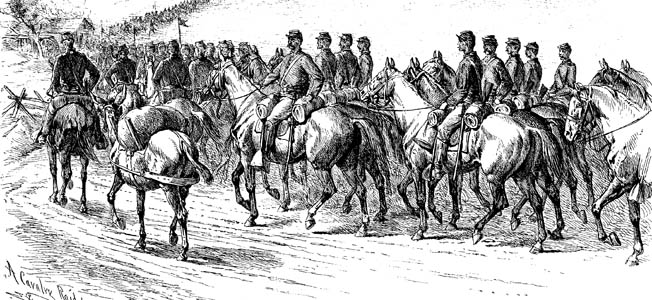
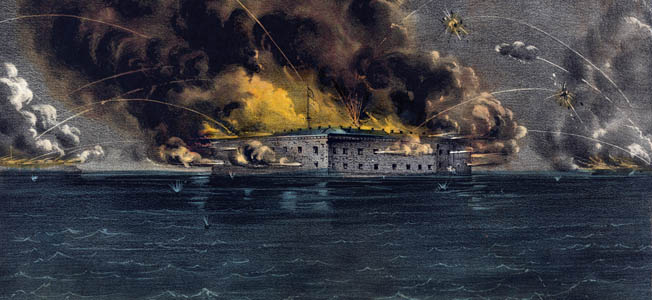
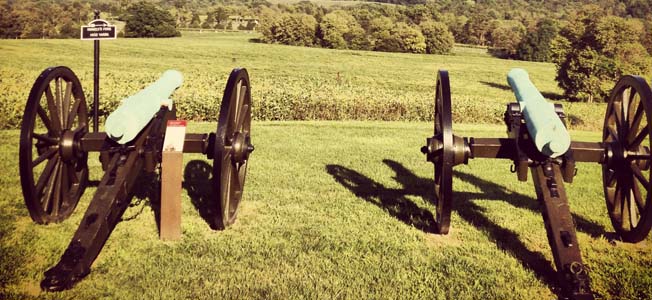
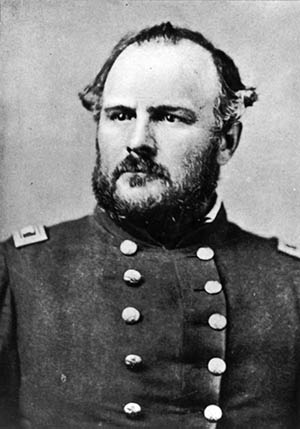
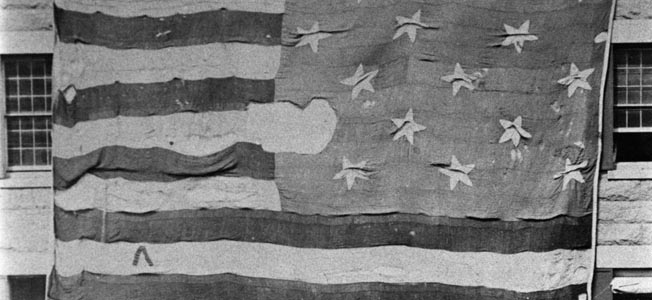
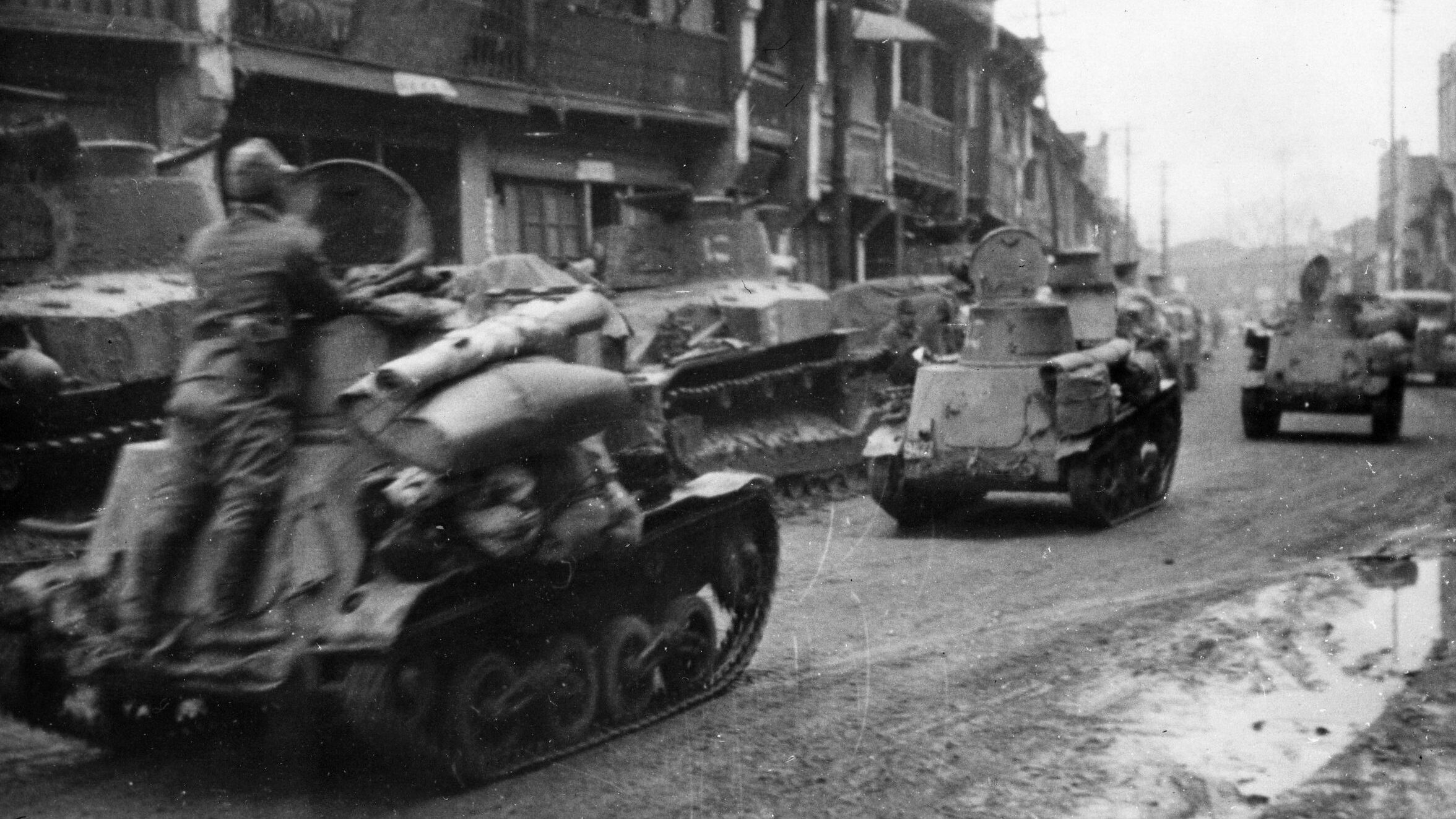
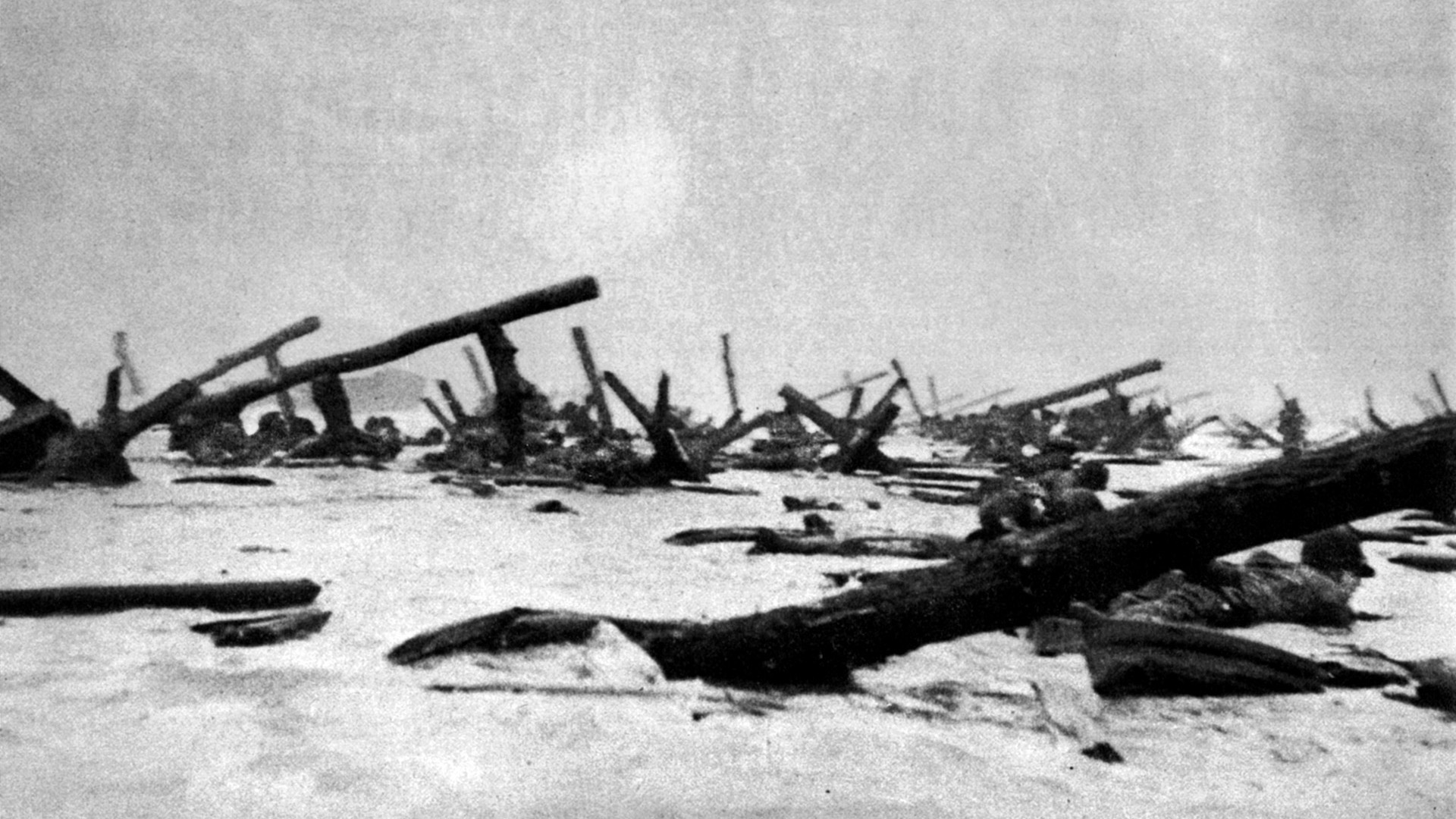
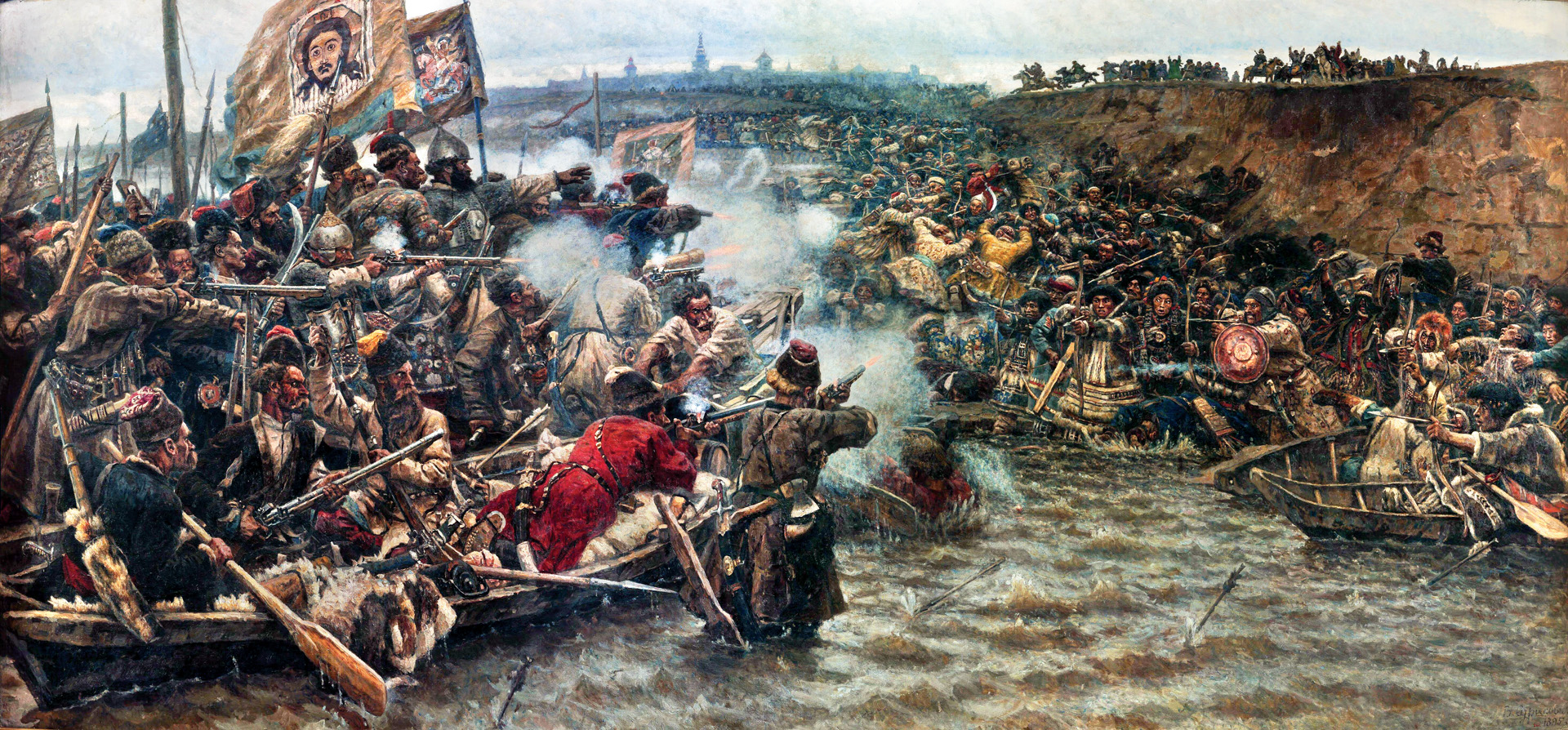
Short and sweet article. I like the Cavalry and portraying Cavalrymen but I agree that its effective uses in this war where screening and reconoitering with some wagon train raids for fun. Col. Mosby did tie up a number of Yankee troops from going elsewhere so there is another bright spot for mounted troops I guess.